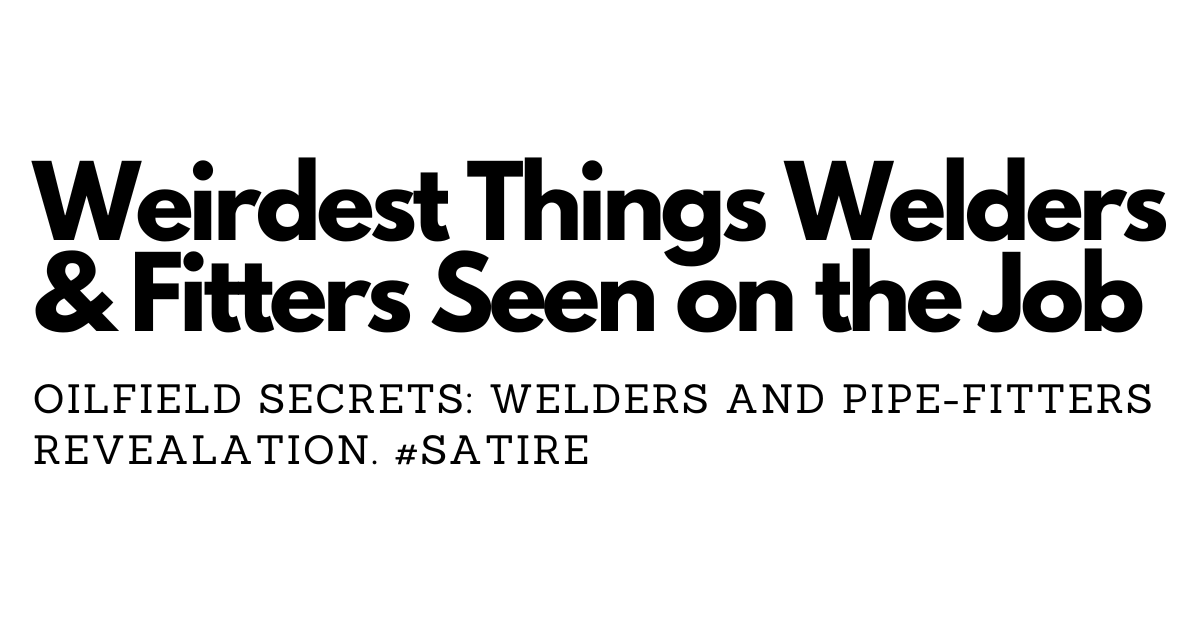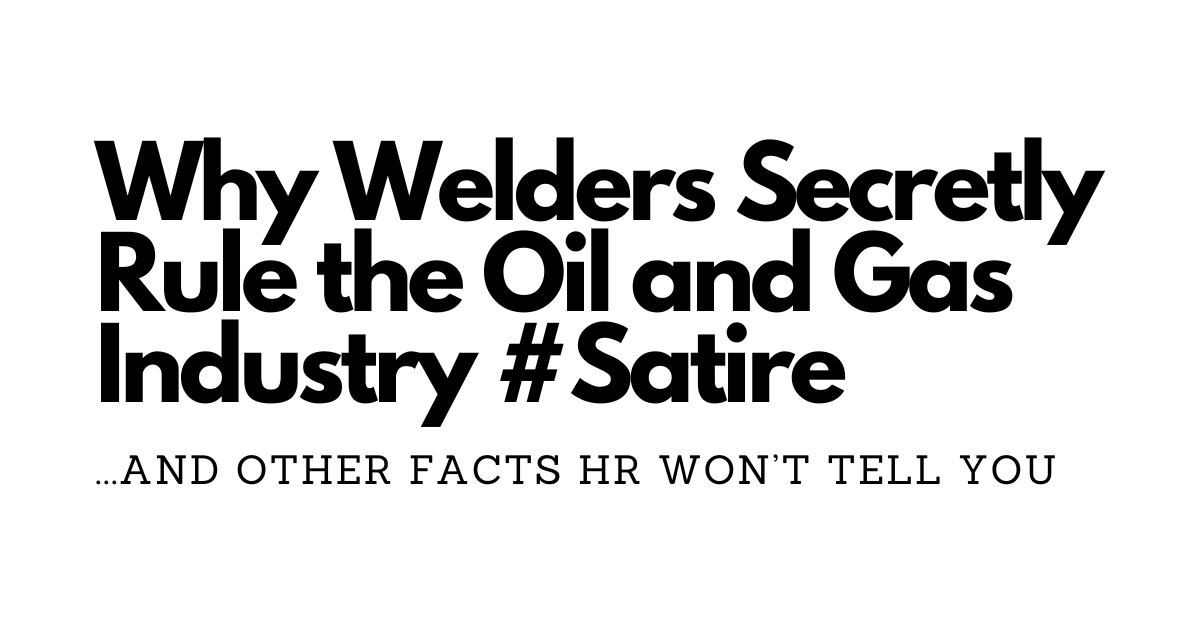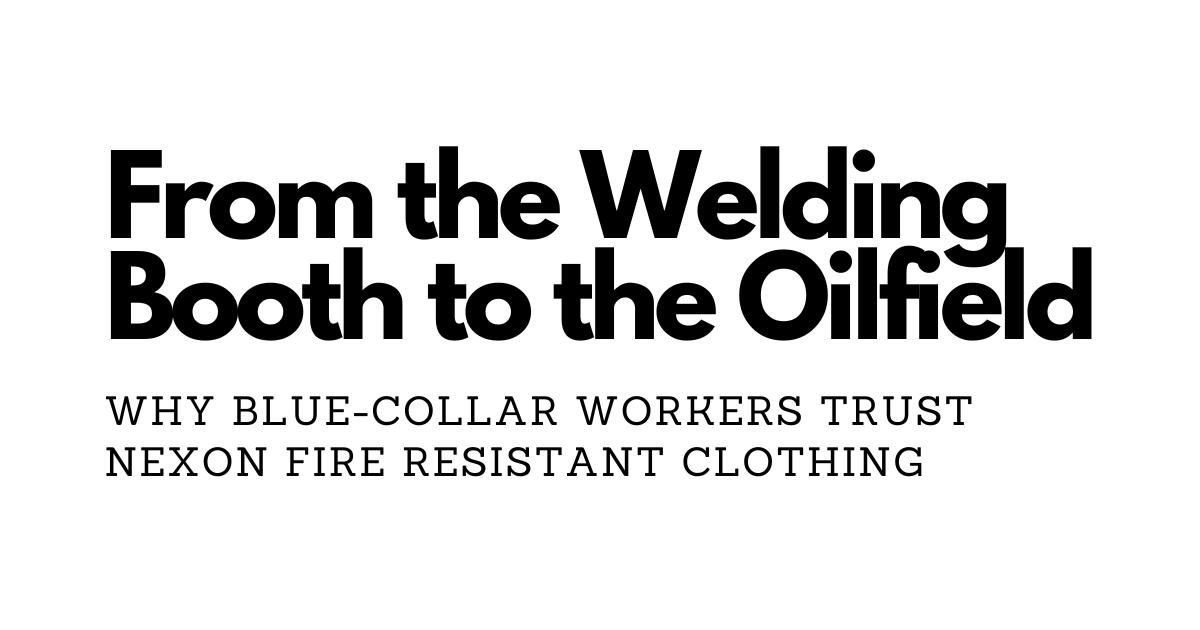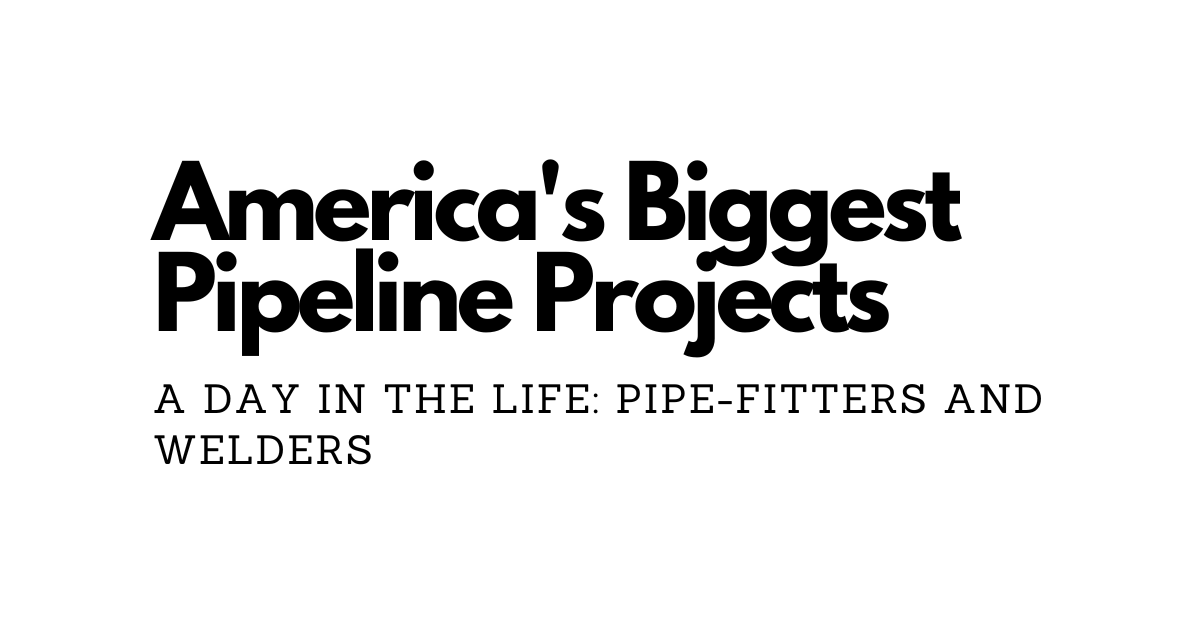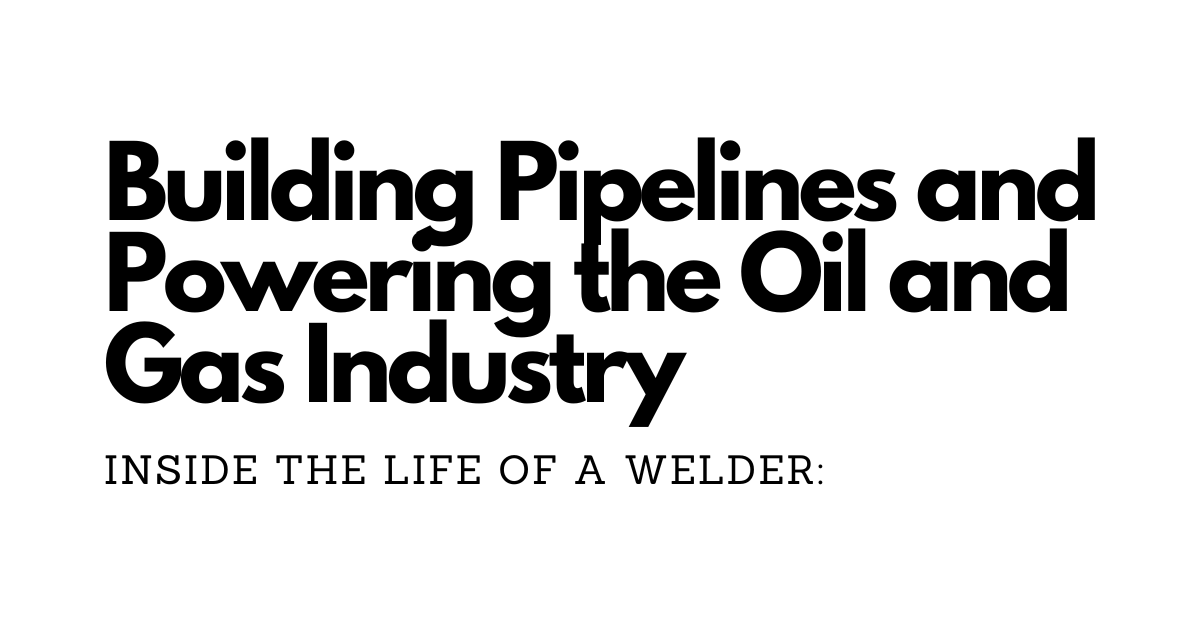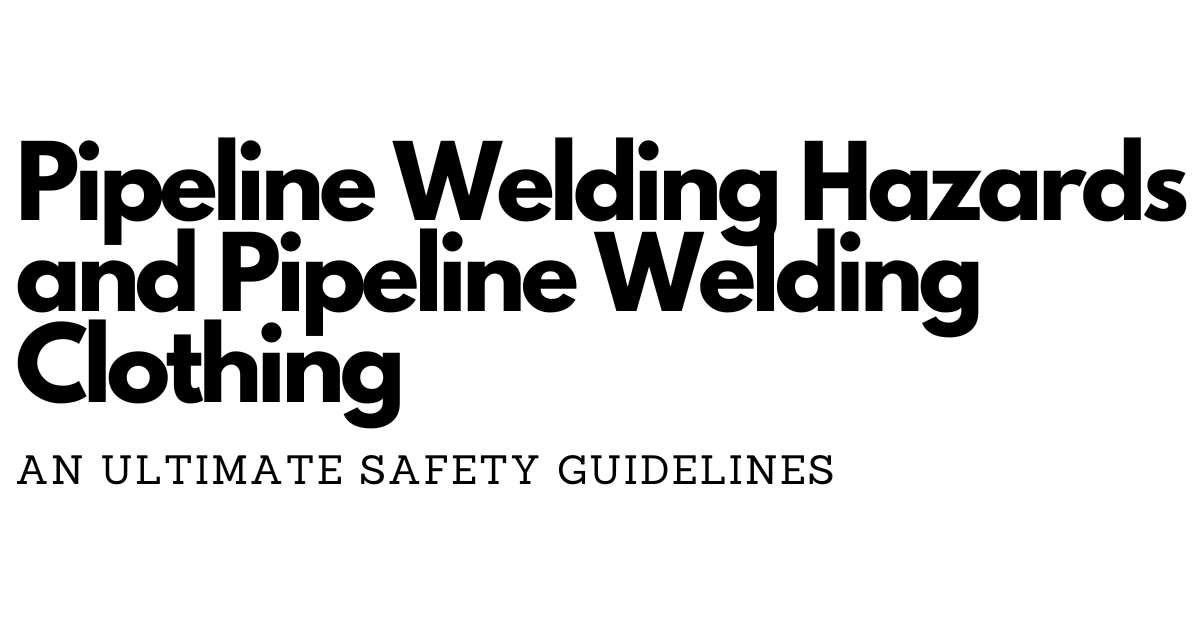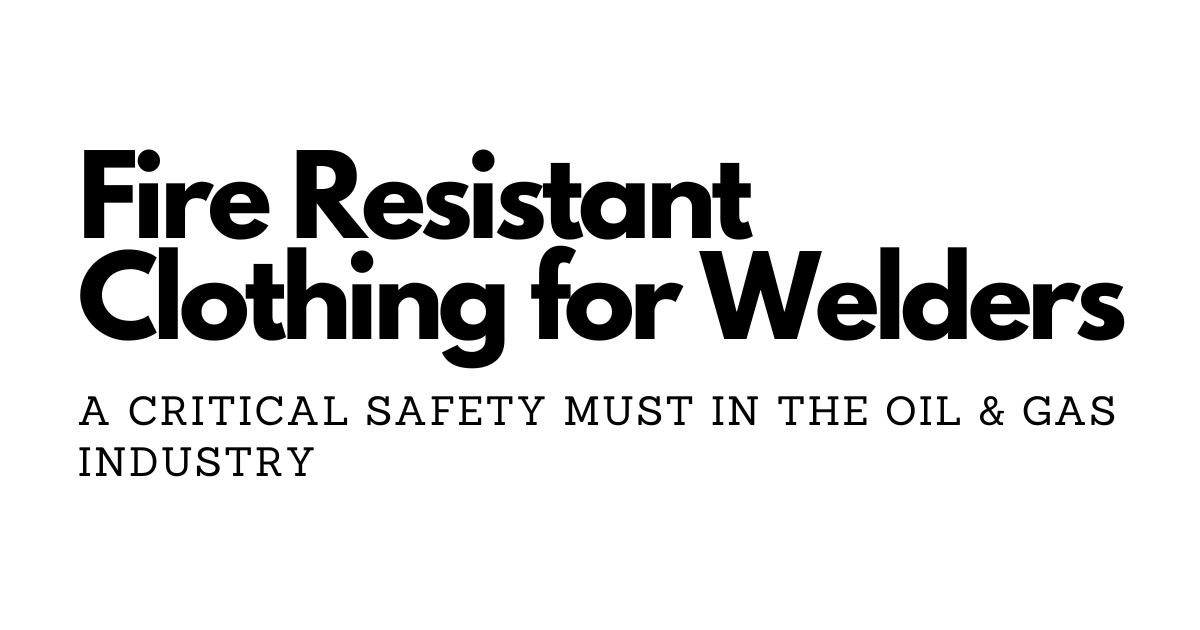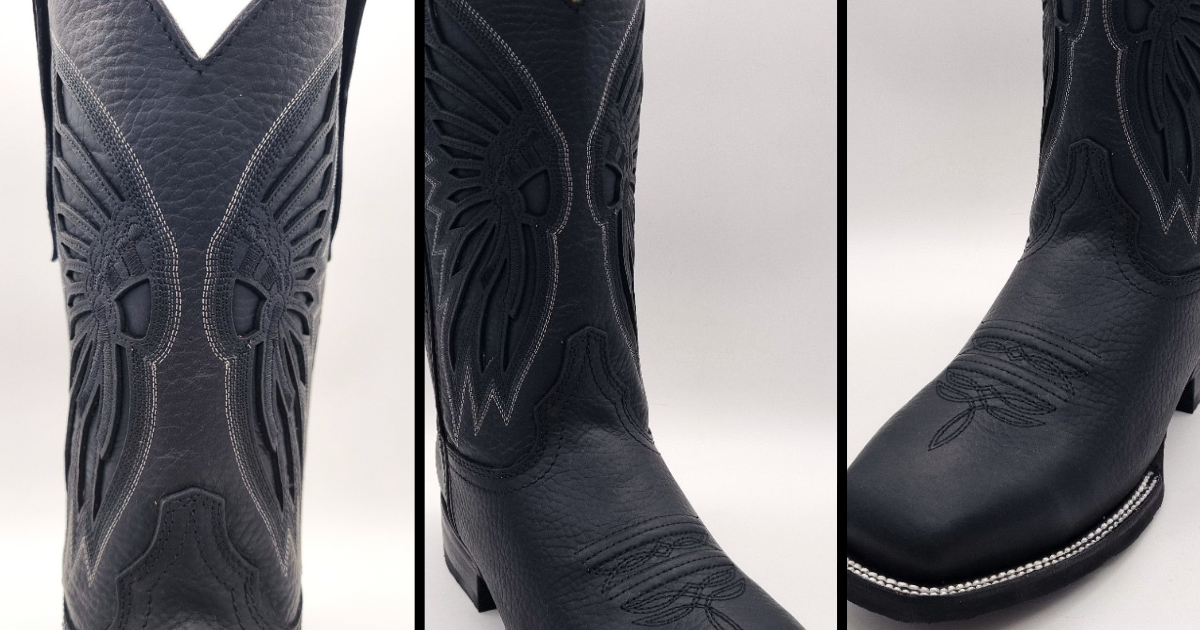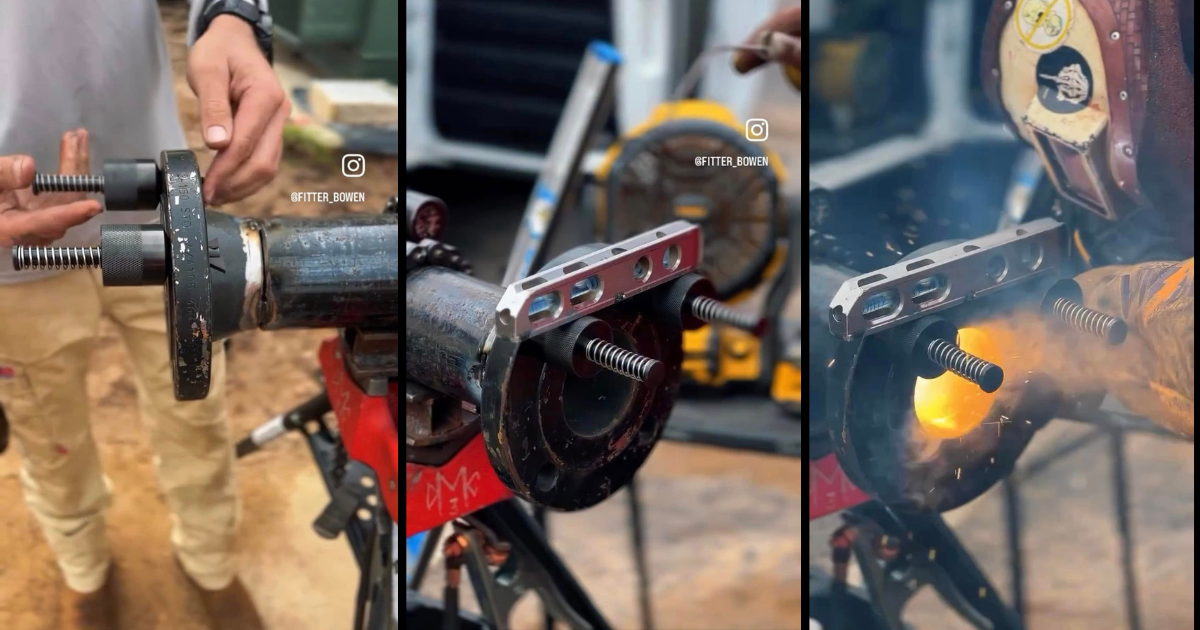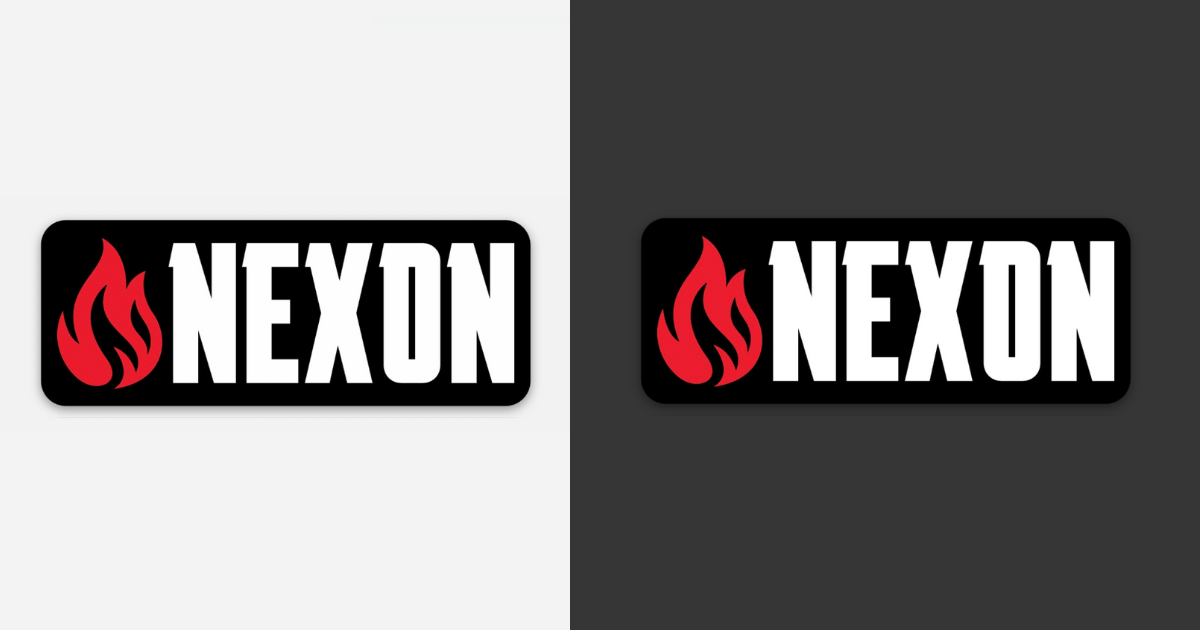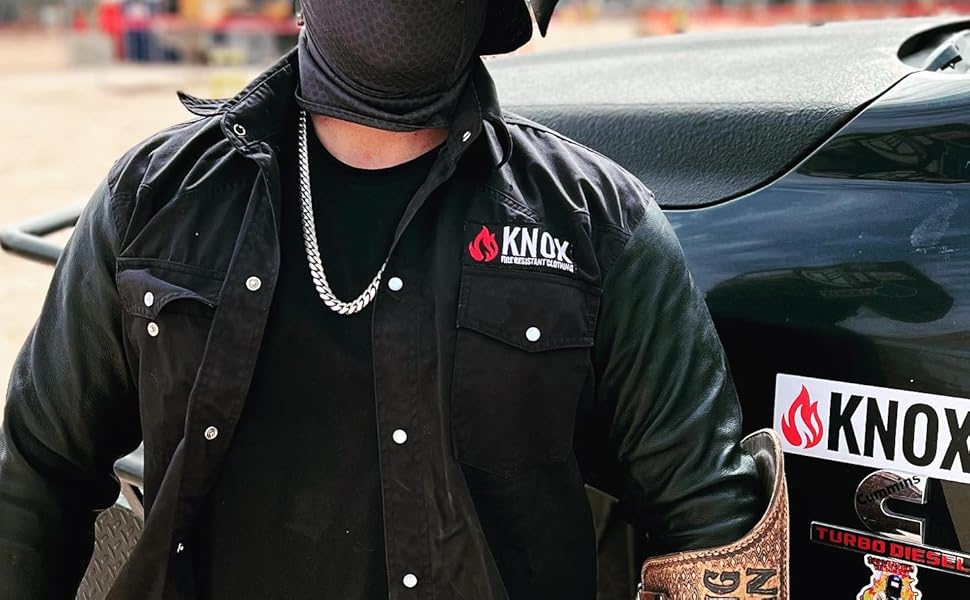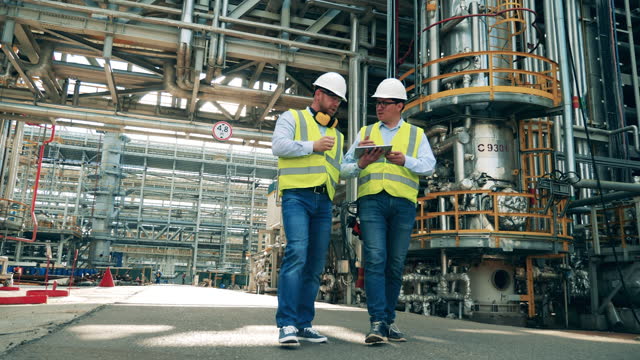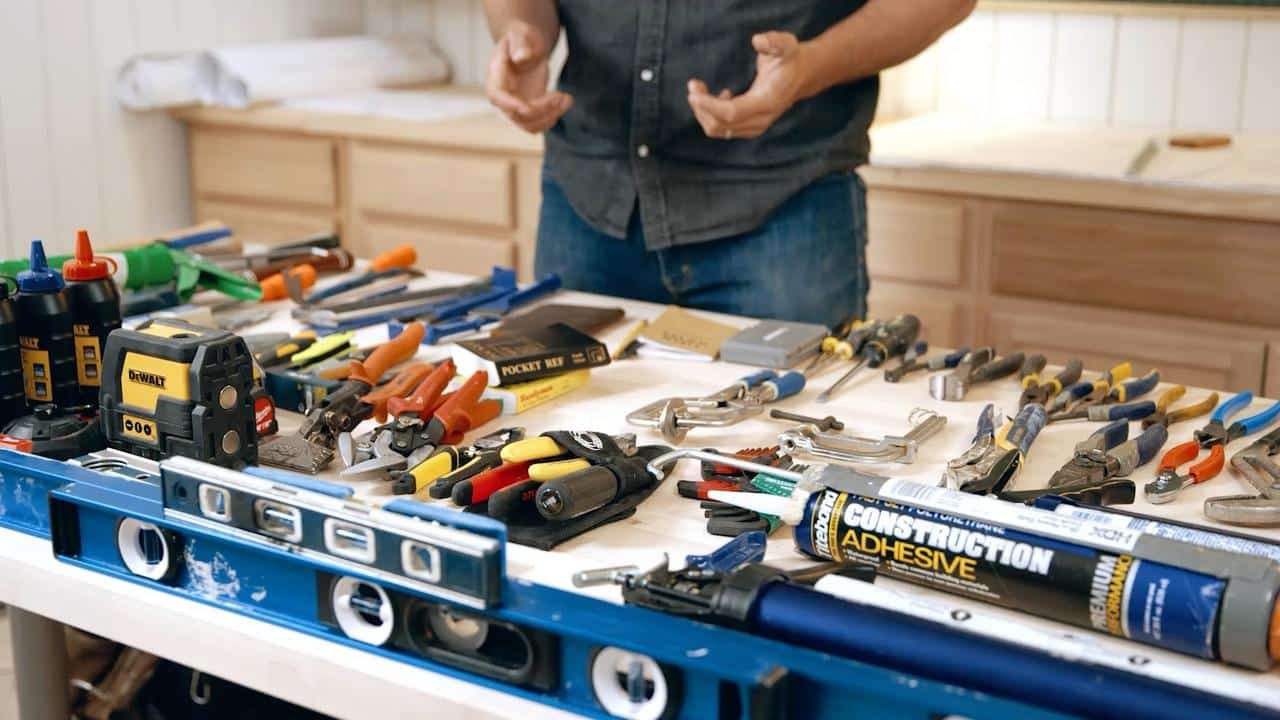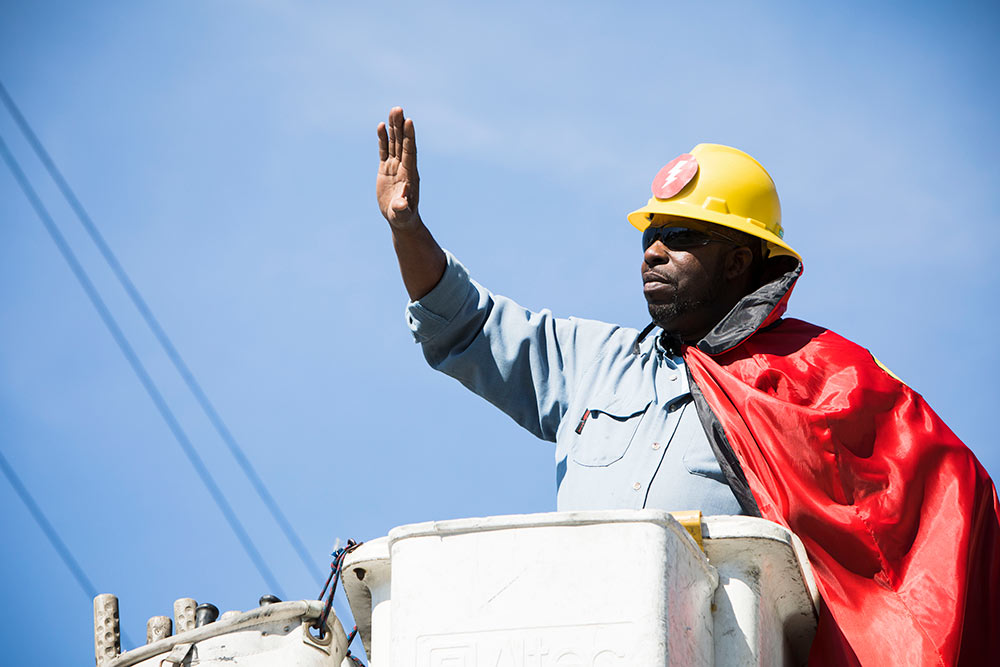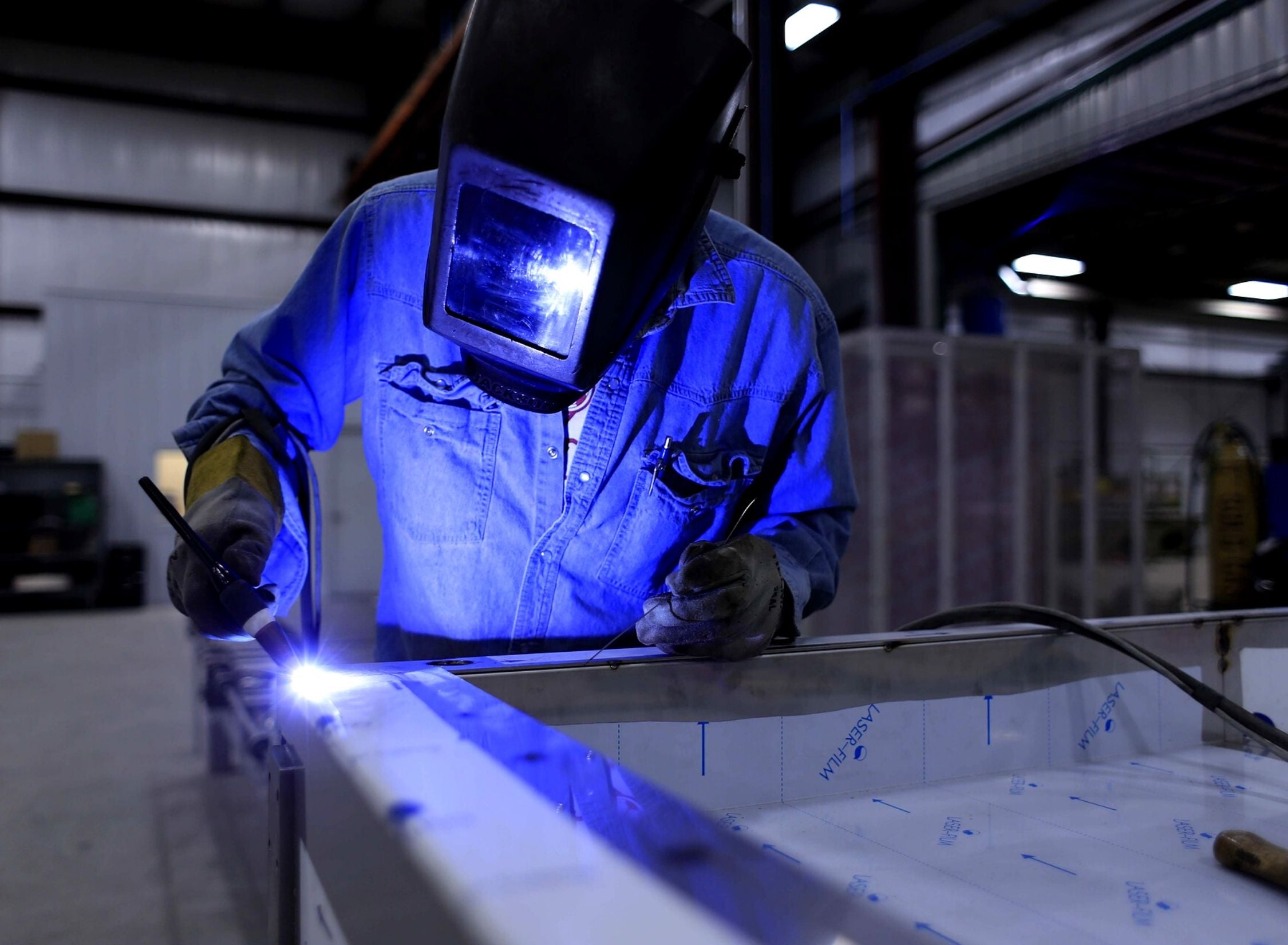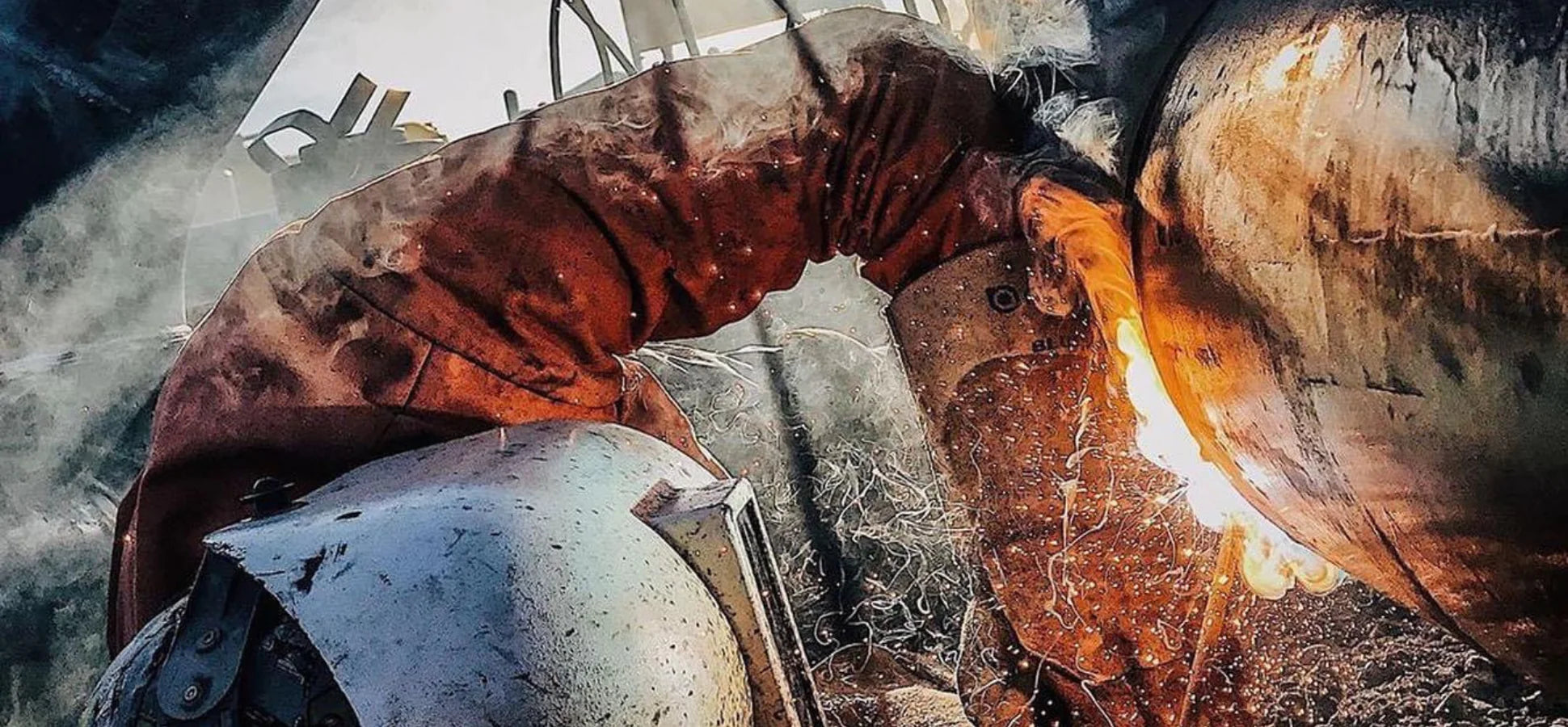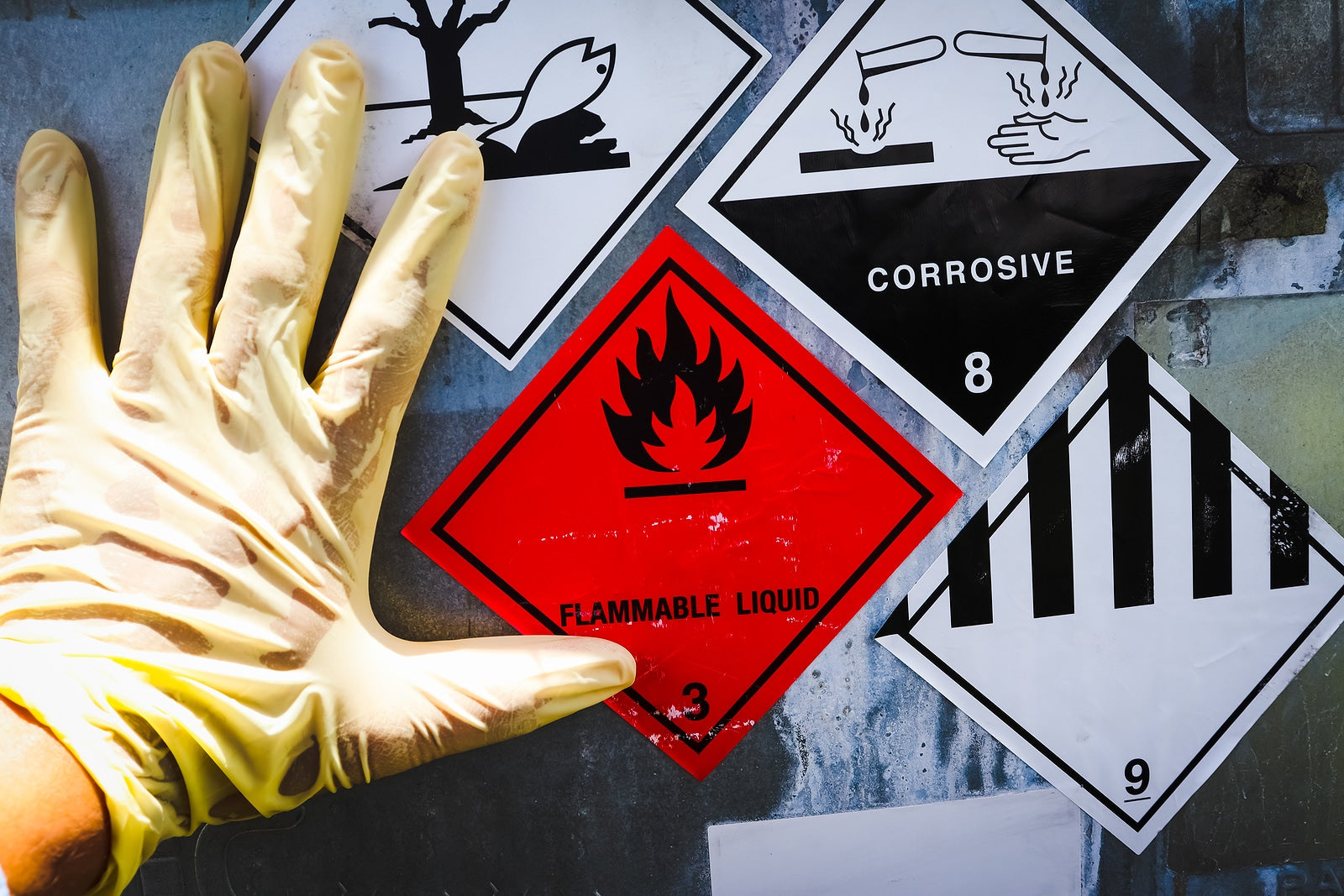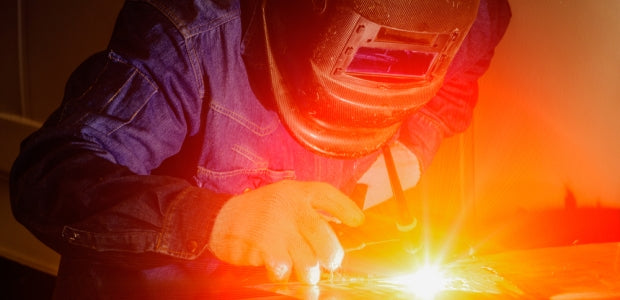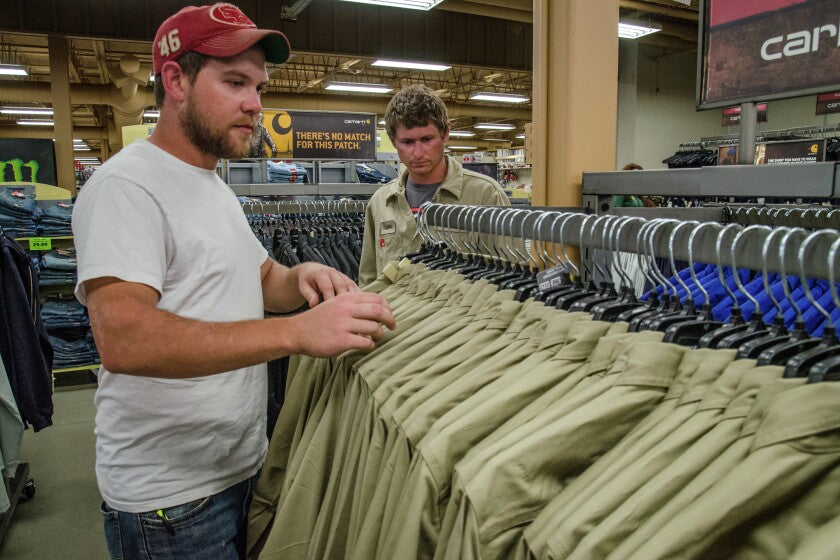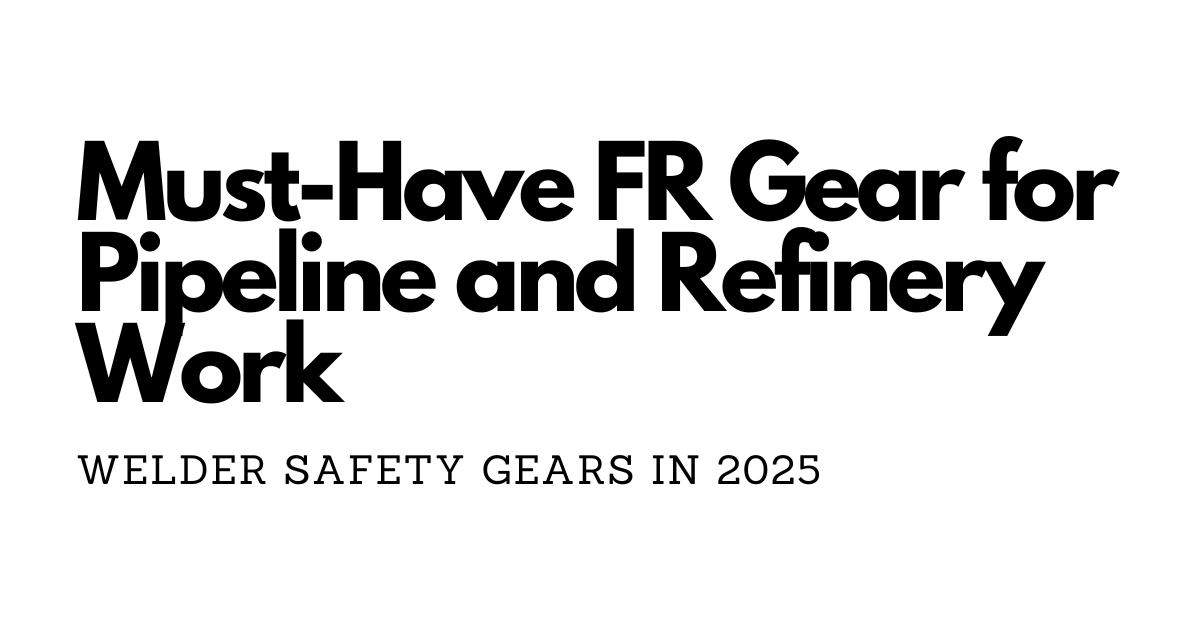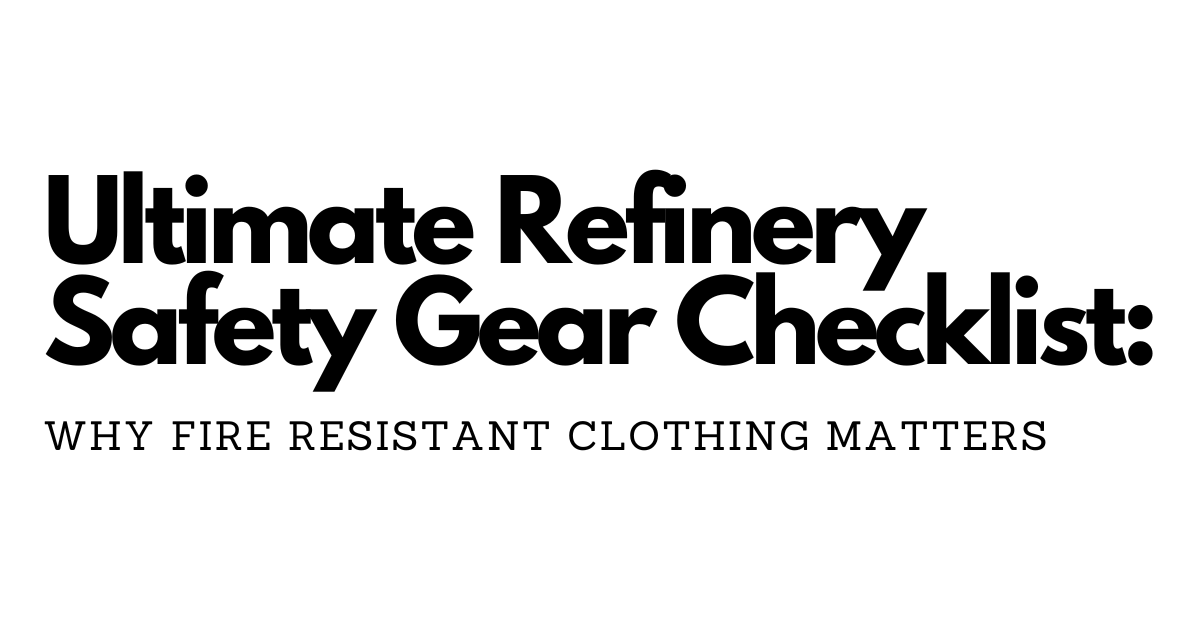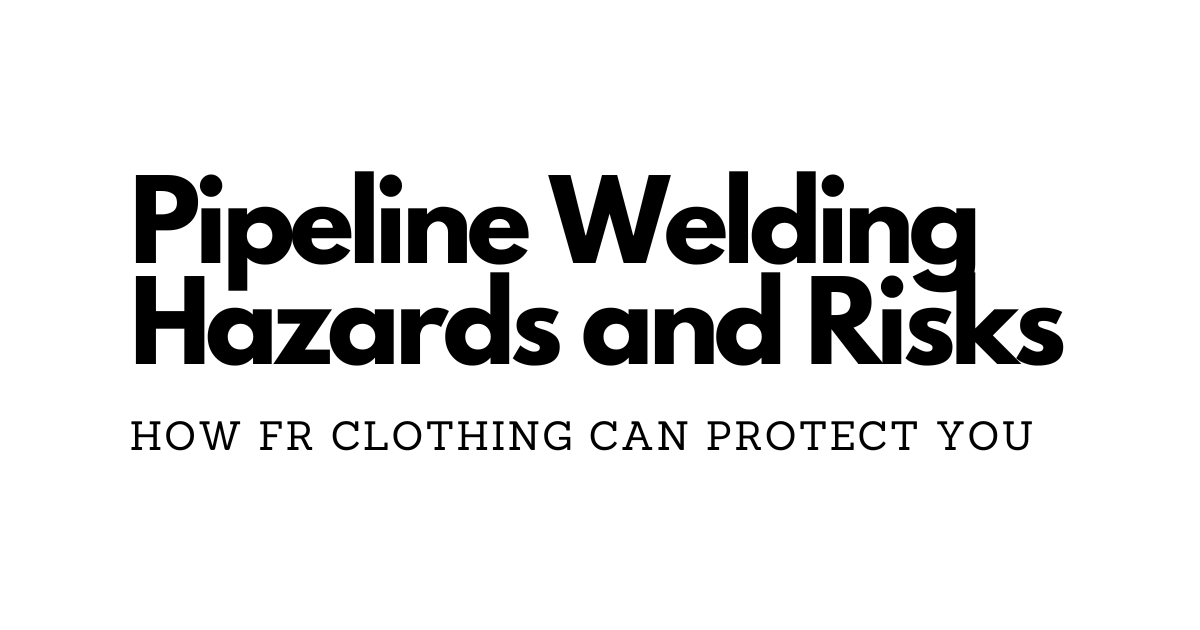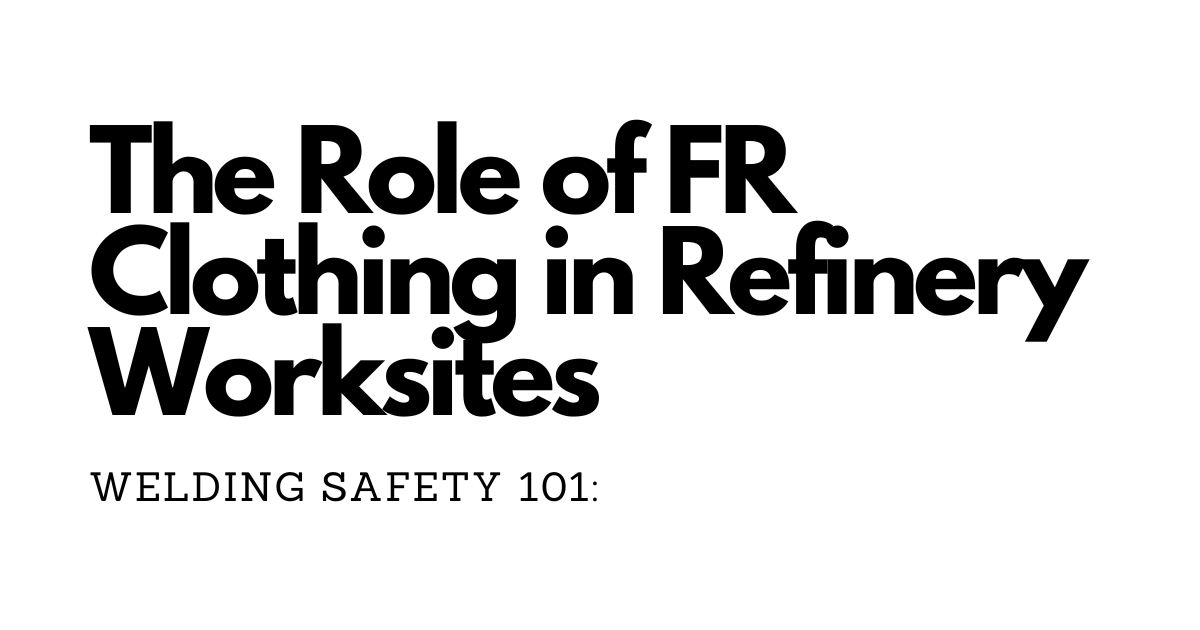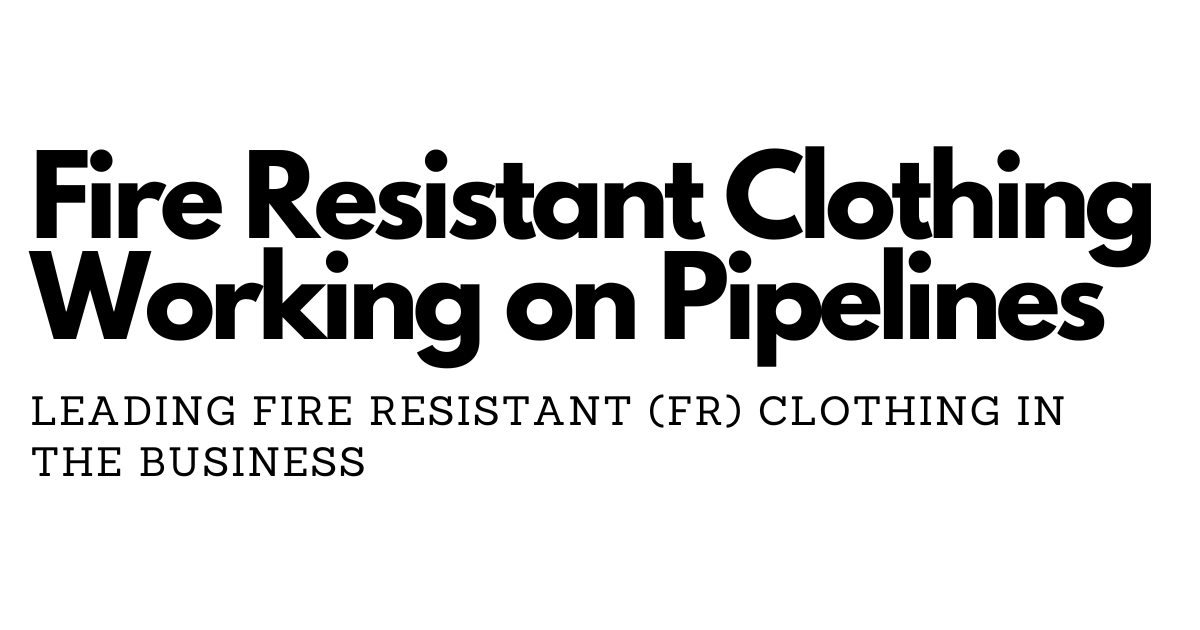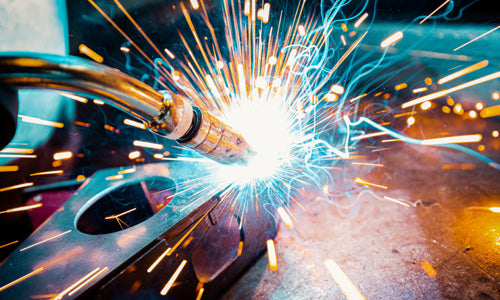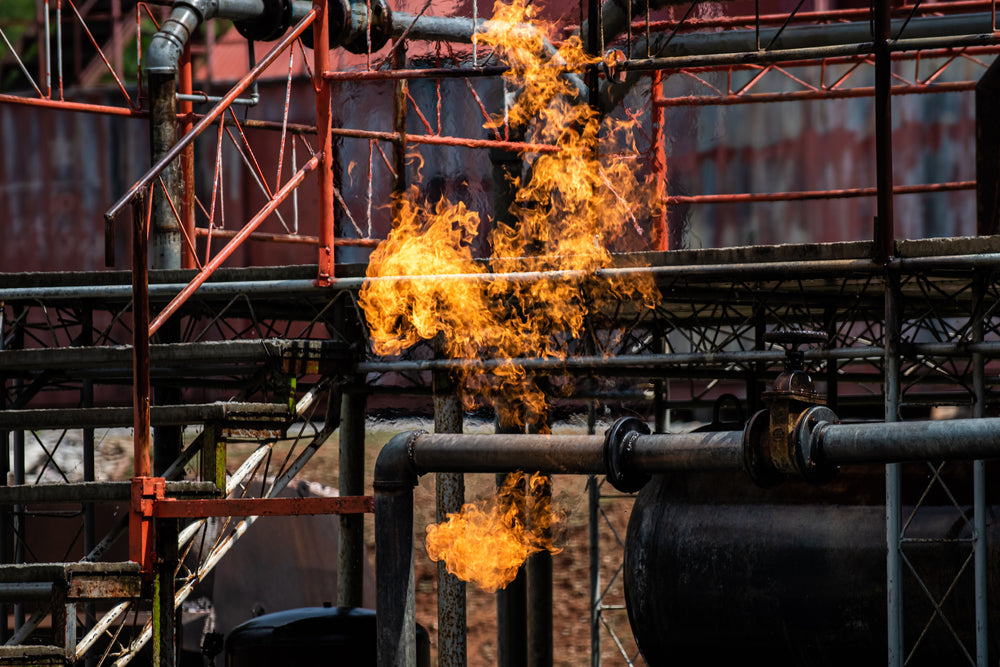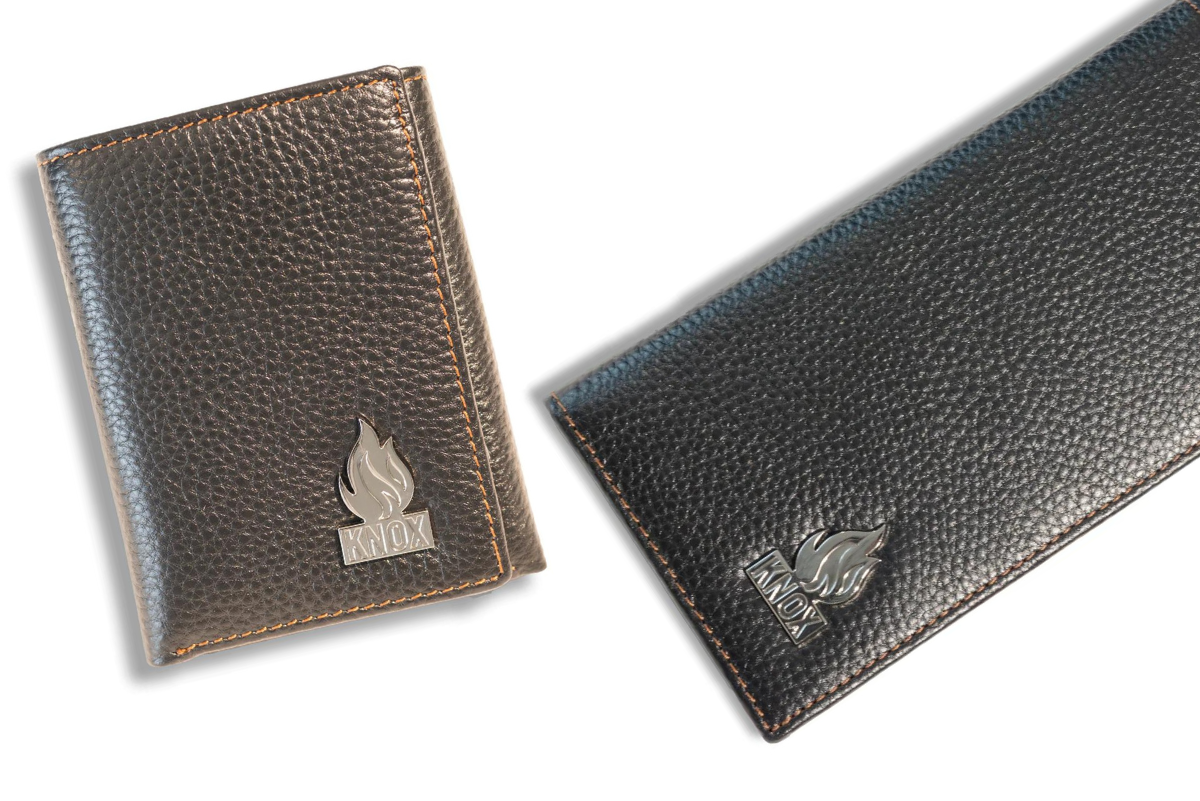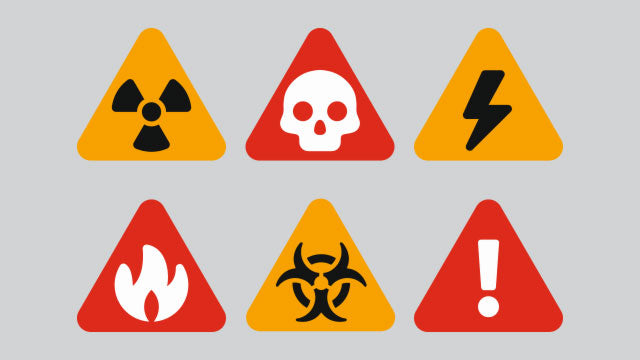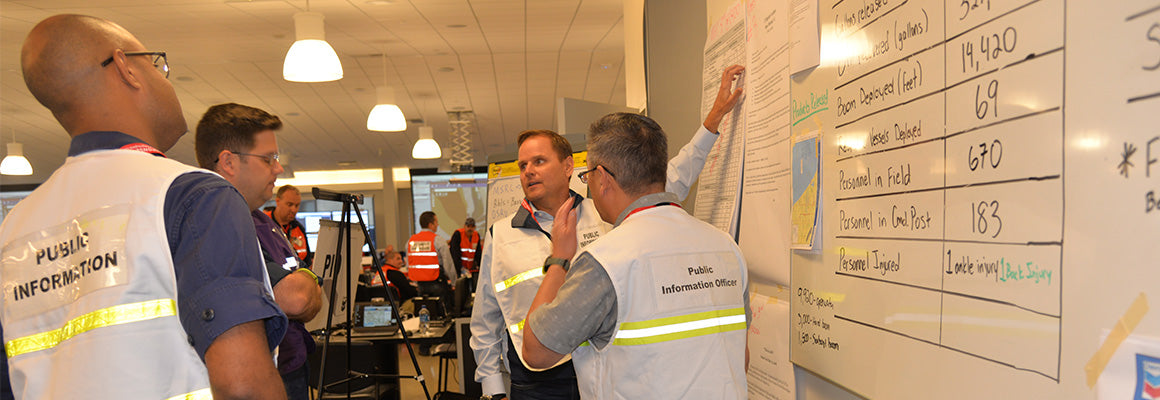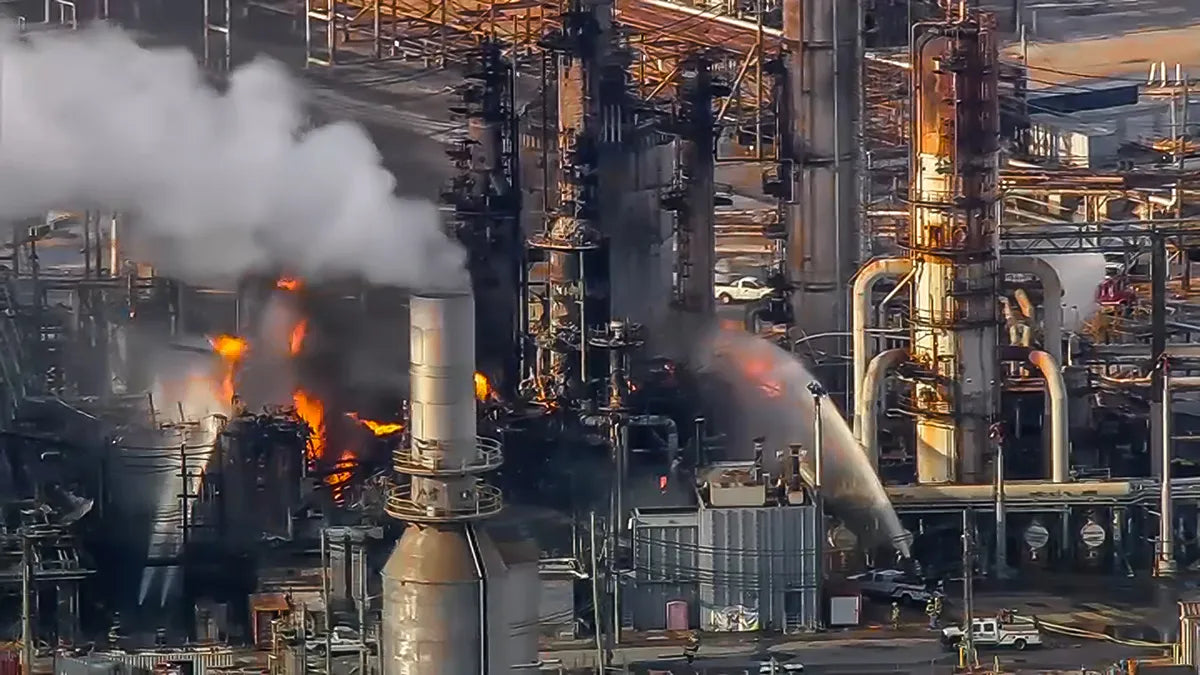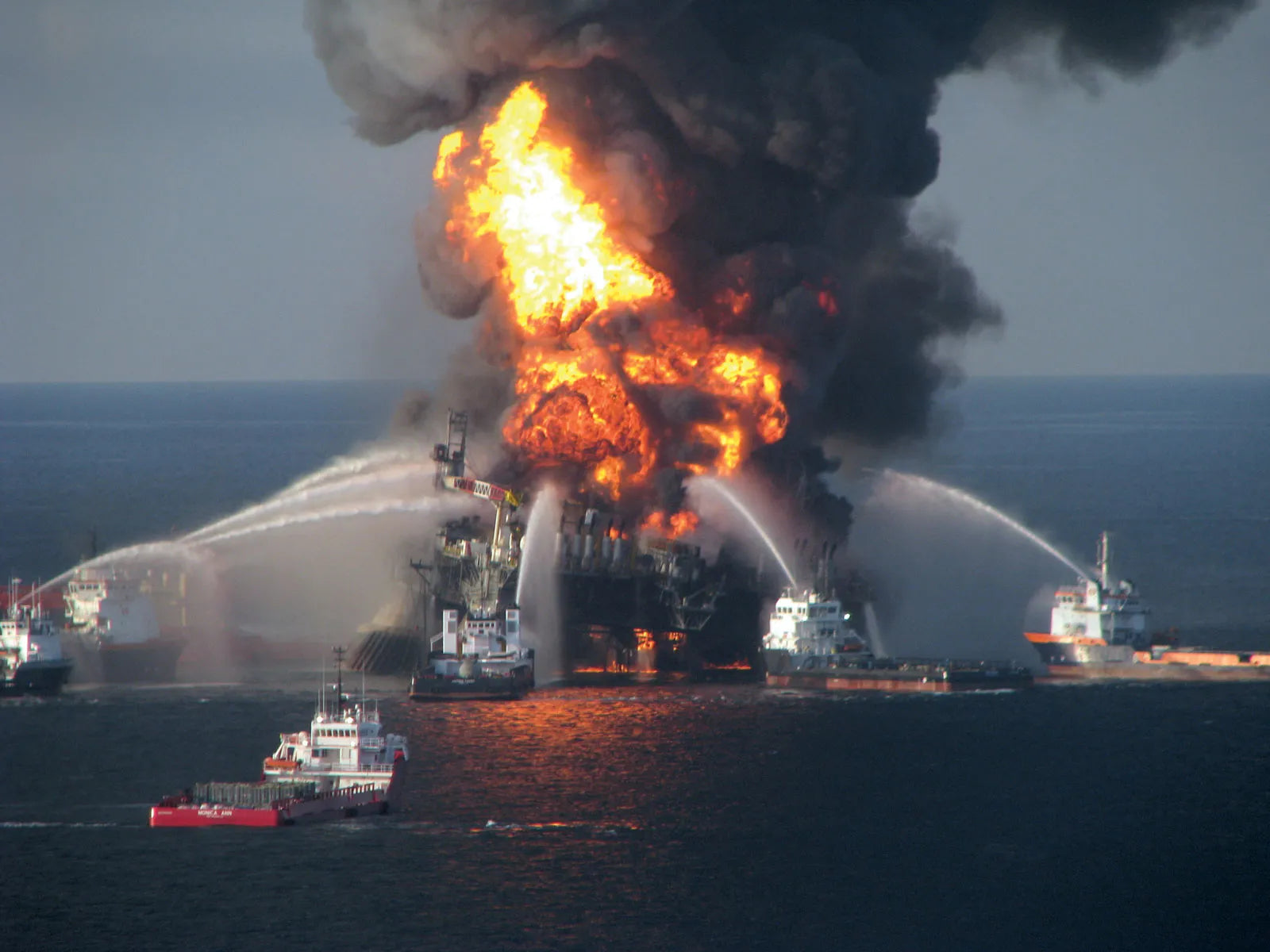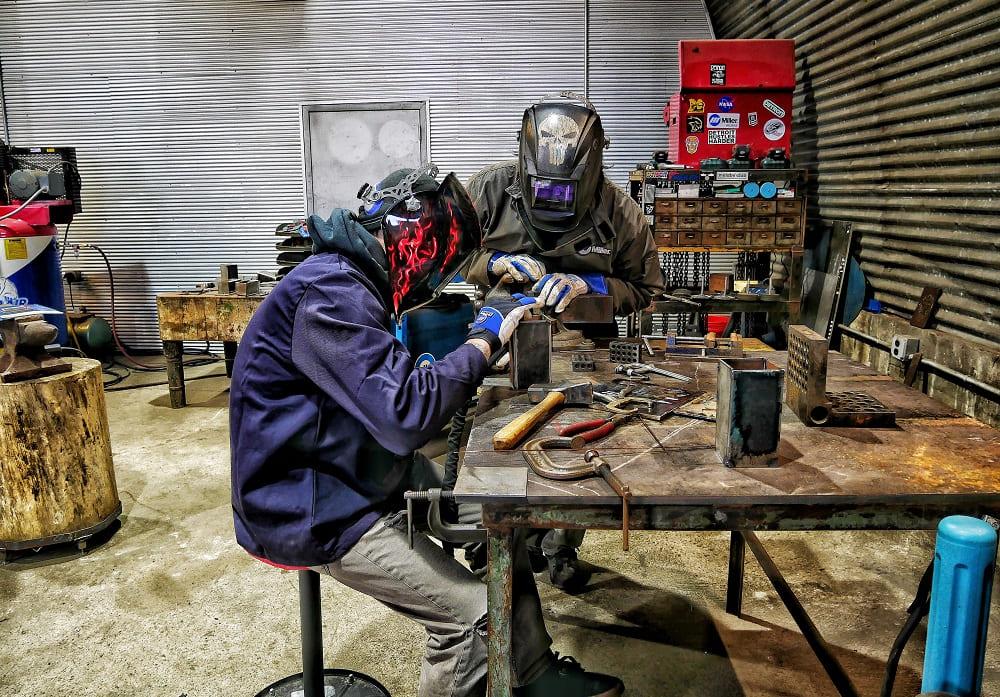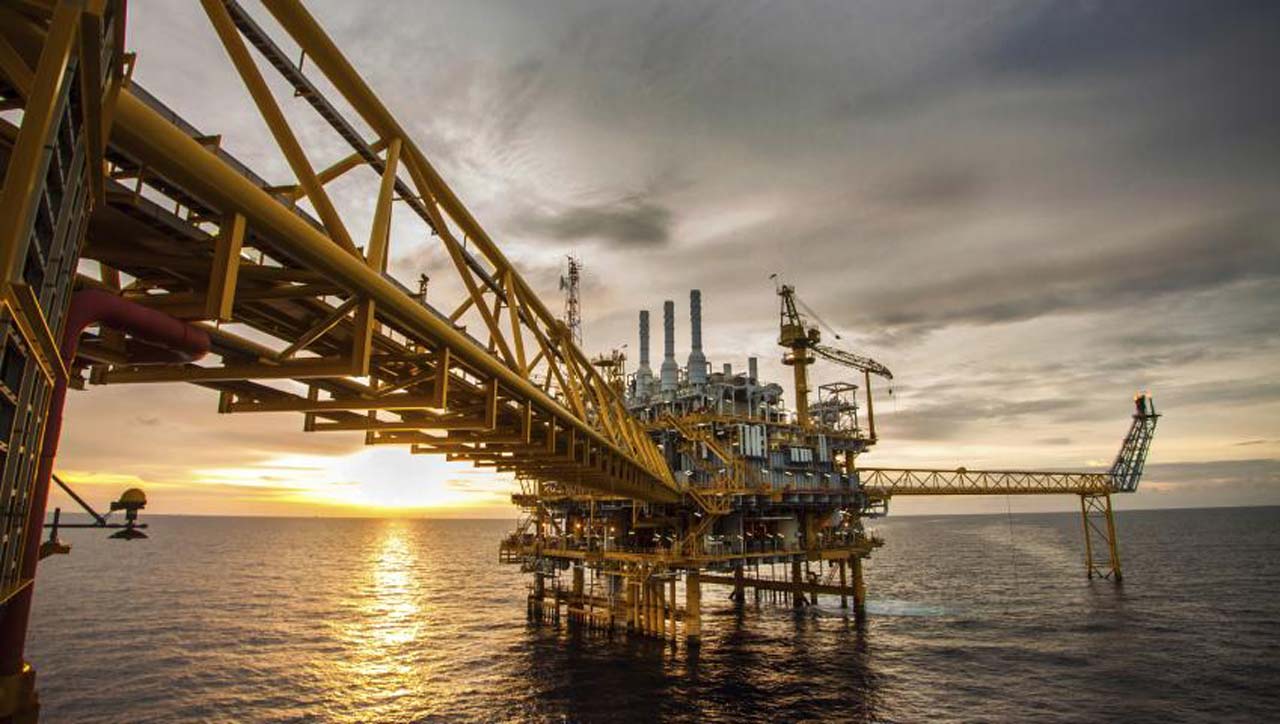
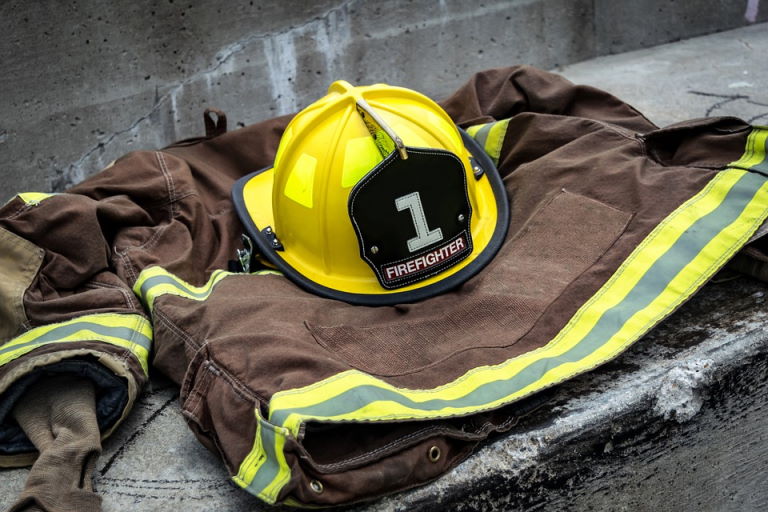
Fire retardant clothing, also known as flame-resistant clothing, is a type of protective clothing designed to minimize the risk of burns and injuries from heat and flames. It is widely used in various industries where workers are exposed to potential fire hazards, such as firefighting, oil and gas, electric utilities, chemical plants, and more. Fire retardant clothing is made from materials that are inherently resistant to flames, such as Kevlar, and other synthetic fibers. These materials are designed to withstand extreme heat and flames, and they do not ignite easily. In addition to being fire-resistant, fire retardant clothing is also designed to be comfortable, breathable, and lightweight.
The main purpose of fire retardant clothing is to protect the wearer from the heat and flames generated by a fire. When exposed to heat and flames, regular clothing can ignite and continue to burn, causing serious injuries and even death. Fire retardant clothing, on the other hand, will not ignite or continue to burn, providing the wearer with valuable time to escape from the danger. There are several types of fire retardant clothing available, including coveralls, jackets, pants, shirts, and more. These garments are designed to provide full-body protection from heat and flames, and they are often worn over regular clothing for added protection.
Fire retardant clothing is essential for workers in industries where they are exposed to fire hazards on a regular basis. It is also used by firefighters, who are often required to enter burning buildings and other dangerous environments to perform their duties.
In addition to protecting the wearer from fire hazards, fire retardant clothing can also protect against other hazards, such as chemical spills and electrical arcs. This makes it a versatile form of protective clothing that is suitable for a wide range of industries. When selecting fire retardant clothing, it is important to choose garments that are appropriate for the specific type of hazard and environment that the wearer will be exposed to. Garments should also be properly sized and fitted to ensure maximum protection and comfort.
In conclusion, fire retardant clothing is an essential form of protective clothing that can help prevent serious injuries and even save lives. It is widely used in various industries where workers are exposed to fire hazards, and it is designed to be fire-resistant, comfortable, and lightweight. When selecting fire retardant clothing, it is important to choose garments that are appropriate for the specific type of hazard and environment.
Here are few reasons why you should wear FR clothing:
-
Protection from Burns: Fire-resistant clothing is specifically designed to protect you from burns and other injuries caused by exposure to heat and flames. Wearing it can significantly reduce the risk of serious injuries or even death in hazardous work environments.
-
Compliance with Safety Regulations: In many industries, wearing fire-resistant clothing is mandatory. Failure to comply with these regulations can result in fines, penalties, or even legal action.
-
Enhanced Safety in the Workplace: By wearing fire-resistant clothing, you can create a safer work environment for yourself and your colleagues. This can help prevent accidents and injuries, and increase productivity and morale.
-
Protection Against Chemical Hazards: Fire-resistant clothing is also effective at protecting against chemical spills and other hazardous materials. It can prevent the skin from being exposed to dangerous substances and reduce the risk of chemical burns.
-
Increased Visibility: Many types of fire-resistant clothing are designed with reflective strips or other features that increase visibility in low-light environments. This can be especially important for workers who perform tasks near traffic or heavy machinery.
-
Durability: Fire-resistant clothing is typically made from high-quality materials that are designed to withstand wear and tear, even in harsh environments. This means it is likely to last longer than regular clothing and provide better value for money over time.
-
Comfort: Although fire-resistant clothing is designed to be protective, it can also be comfortable and breathable. Many manufacturers use innovative materials and design features to create clothing that is lightweight and comfortable to wear for extended periods.
-
Reduced Insurance Costs: Some insurance providers may offer reduced premiums or other incentives to companies that provide fire-resistant clothing to their employees. This can help lower the cost of insurance and improve the bottom line for businesses.
-
Reputation: Wearing fire-resistant clothing can also enhance your reputation as a responsible and safety-conscious worker. This can improve your chances of promotion or advancement in your career.
-
Peace of Mind: By wearing fire-resistant clothing, you can have peace of mind knowing that you are taking proactive steps to protect yourself and your colleagues from potential hazards in the workplace. This can reduce stress and anxiety and help you focus on your work.
Proper care and maintenance of fire-resistant clothing can help extend its lifespan and ensure that it continues to provide adequate protection against heat and flames. Here are some tips on how to take care of your fire-resistant clothing:
-
Follow Care Instructions: Always follow the care instructions provided by the manufacturer. This may include washing instructions, drying instructions, and instructions on the use of fabric softeners or other additives.
-
Wash Separately: Wash fire-resistant clothing separately from other clothing to avoid contamination from other fabrics. Use a mild detergent and wash in warm water.
-
Avoid Bleach: Do not use bleach or any other harsh chemicals on fire-resistant clothing. These can damage the fabric and reduce its effectiveness in protecting against heat and flames.
-
Air Dry: Fire-resistant clothing should be air-dried whenever possible. Avoid using a dryer or hanging the clothing in direct sunlight, as this can damage the fabric.
-
Inspect Regularly: Inspect fire-resistant clothing regularly for signs of wear and tear. Look for holes, tears, or other damage to the fabric, and replace any clothing that appears to be worn out or damaged.
-
Repair or Replace: If you notice any damage to fire-resistant clothing, have it repaired or replaced immediately. Do not continue to wear clothing that is damaged or compromised in any way.
-
Store Properly: Store fire-resistant clothing in a cool, dry place away from direct sunlight and moisture. Do not store clothing in damp or humid areas, as this can promote mold and mildew growth.
-
Use Protective Gear: When wearing fire-resistant clothing, use other protective gear such as gloves, helmets, and boots as appropriate. This can help prevent injuries and prolong the lifespan of the clothing.
By following these tips, you can help ensure that your fire-resistant clothing remains effective and provides adequate protection against heat and flames.
